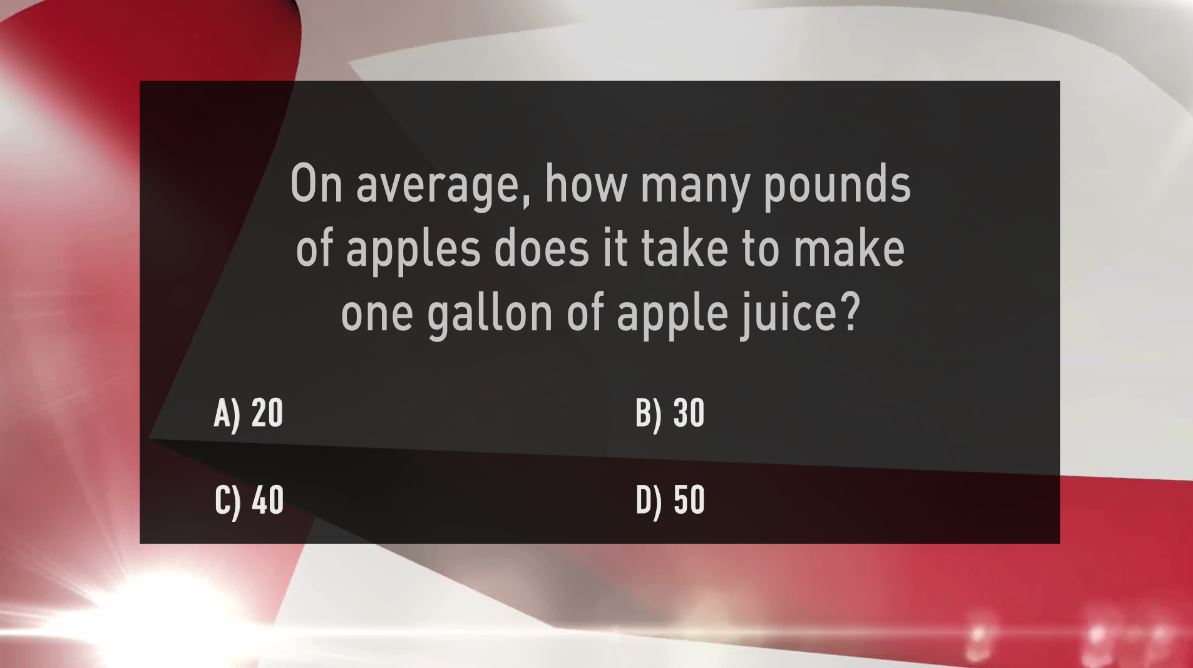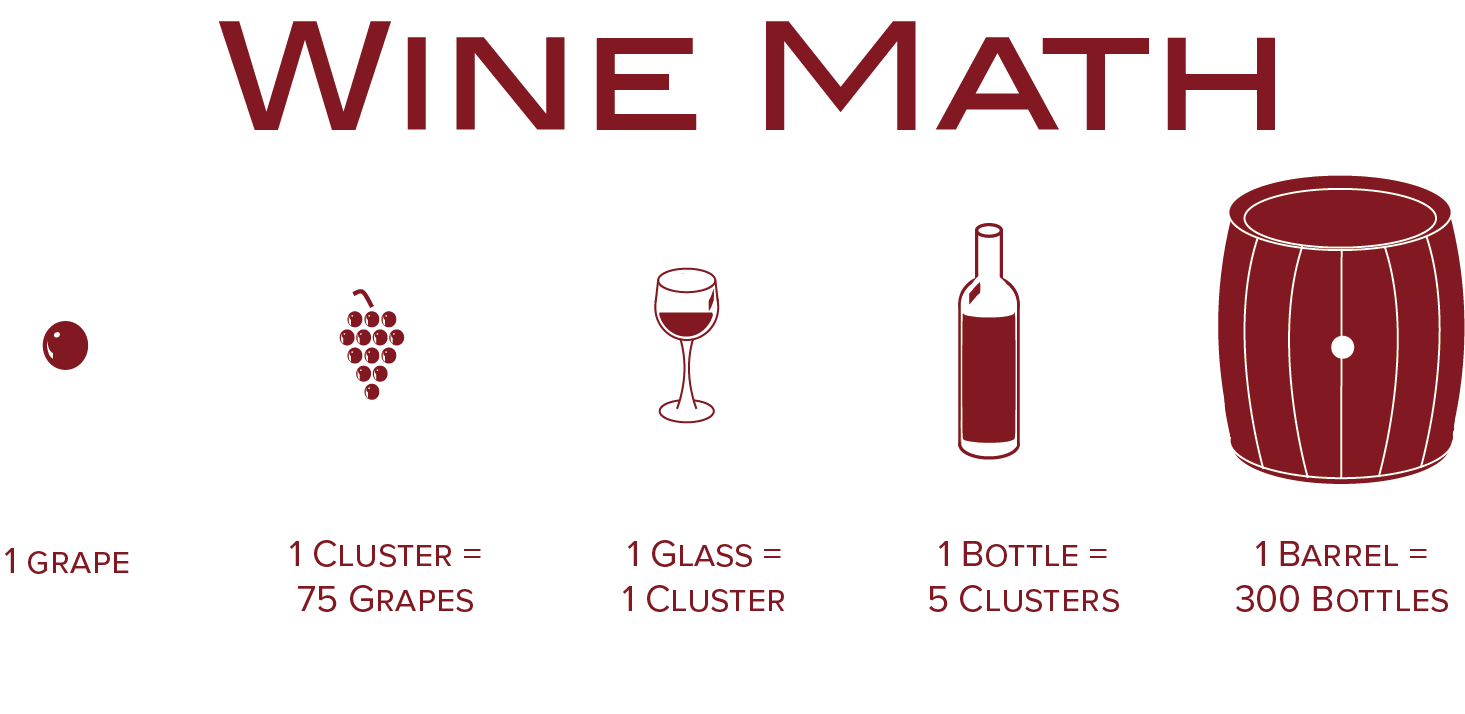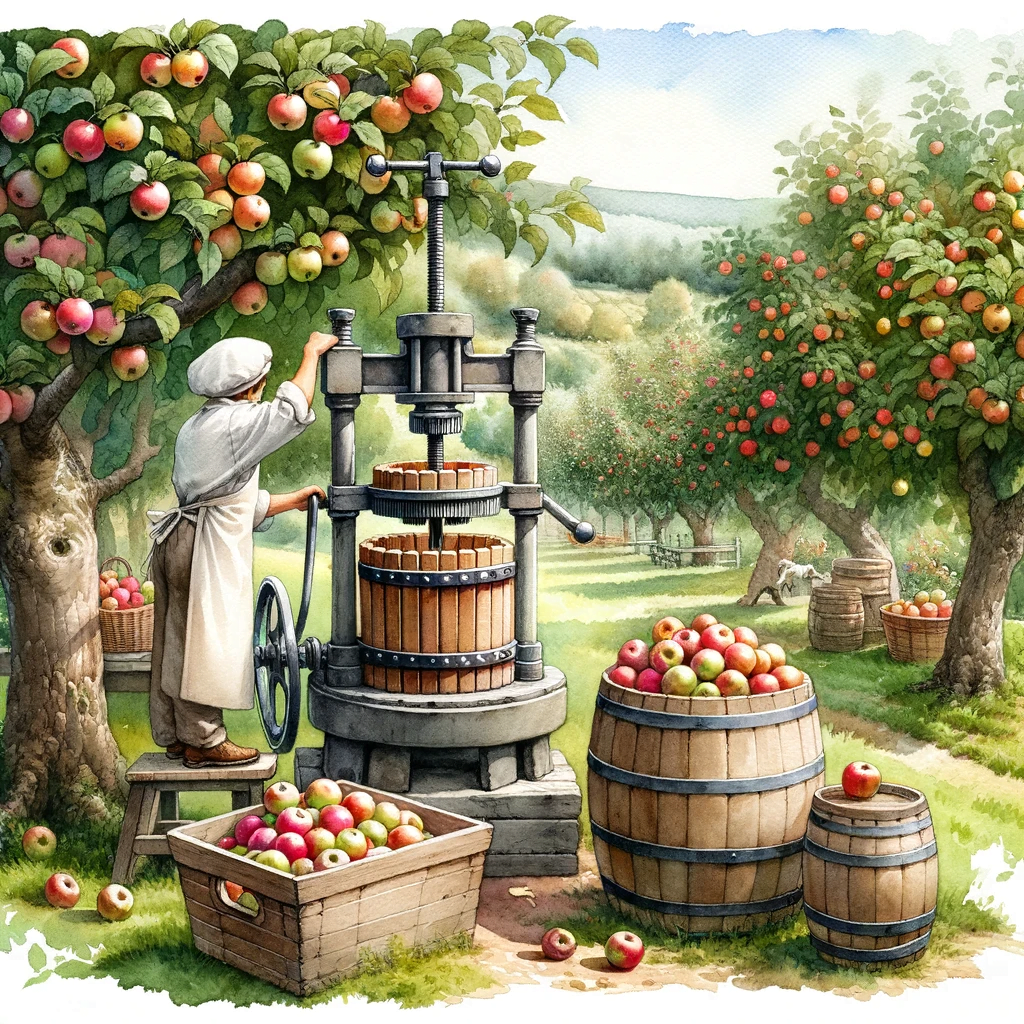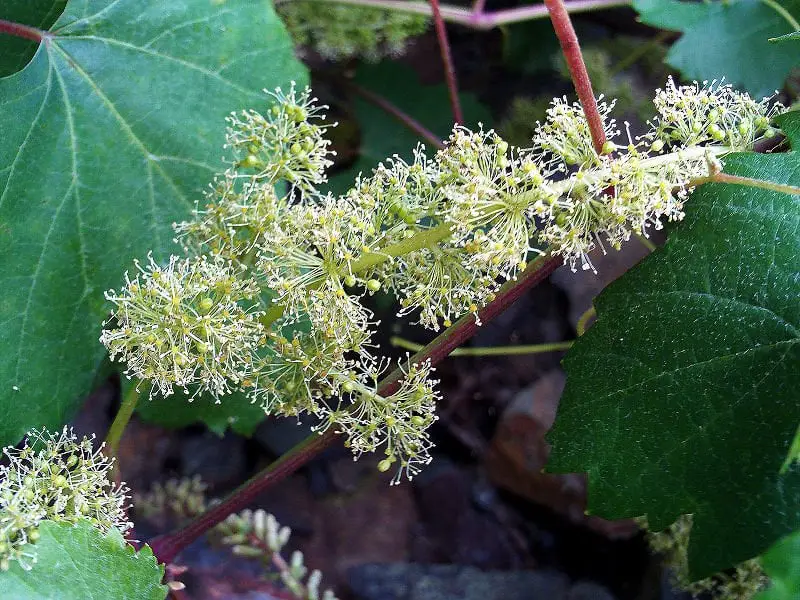In order to produce a gallon of apple juice, you might be wondering just how many apples are required. Whether you are an enthusiast apple juice drinker or a budding entrepreneur looking to venture into the juice production industry, understanding the apple to juice ratio is essential. In this article, we will explore the factors that influence the number of apples needed to achieve a gallon of apple juice and shed light on the intricate process behind this popular beverage. By the end, you will have a comprehensive understanding of the apple-to-apple juice conversion ratio, equipping you with the knowledge to make informed decisions in the realm of apple juice production.

Factors Affecting the Yield of Apple Juice
Variety of Apples
The variety of apples used in juicing plays a significant role in determining the yield of apple juice. Different apple varieties have varying sugar, acid, and tannin levels, which directly impact the flavor and juiciness of the fruit. Some apple varieties are specifically bred for juicing, as they have a higher juice content and are known for their flavorful characteristics. Popular apple varieties used for juicing include Granny Smith, McIntosh, and Golden Delicious.
Size and Weight of Apples
The size and weight of apples also influence the yield of apple juice. Generally, larger apples yield more juice compared to smaller ones. This is because larger apples contain more flesh and juice content, resulting in a higher juice yield. When selecting apples for juicing, it is advisable to choose apples that are medium-sized to large in order to maximize juice production.
Ripeness of Apples
The ripeness of the apples used in juicing has a direct impact on the yield and quality of the apple juice. Overripe apples can be mushy and have a higher water content, which yields less juice and may result in a diluted flavor. On the other hand, underripe apples can be harder and less juicy, which can also reduce the overall yield. Optimum ripeness is crucial for obtaining the best juice yield, with apples that are firm, crisp, and moderately ripe being ideal for juicing.
Juicing Method
The method used to extract juice from apples can also affect the yield. There are various juicing methods available, including using a manual juicer, a centrifugal juicer, or a masticating juicer. Each method may result in different extraction efficiencies and juice yields due to the varying levels of pressure and extraction mechanisms involved. It is important to choose a juicing method that suits the specific needs and preferences, taking into consideration the desired yield and quality of the apple juice.
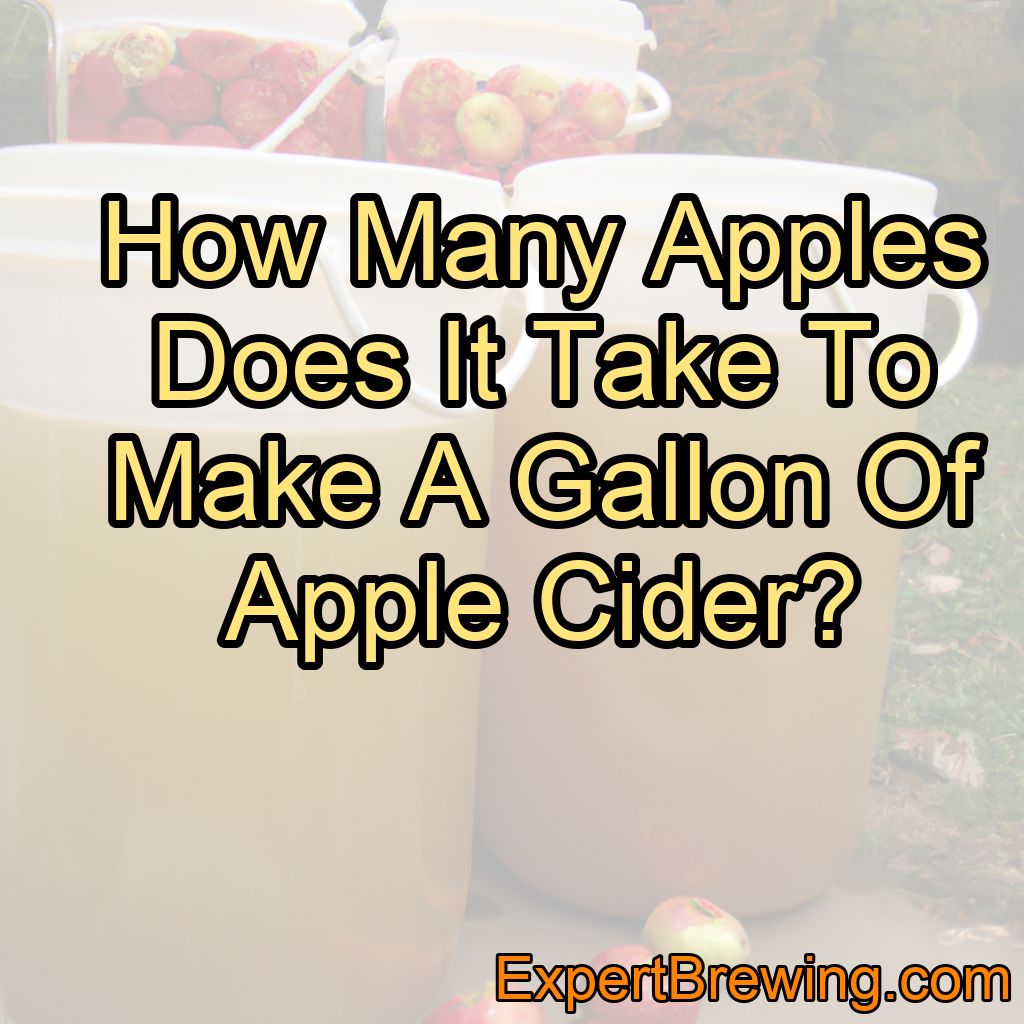
Calculating the Number of Apples Needed
Average Yield per Apple
The average yield of juice obtained from a single apple can vary based on factors such as variety, size, and ripeness. On average, a medium-sized apple can yield approximately 0.2 to 0.3 cups (47 to 71 milliliters) of juice. This estimate can be used as a starting point for calculating the number of apples needed to make a desired quantity of apple juice.
Average Weight of Apples
The weight of apples can vary depending on the variety and size. A medium-sized apple typically weighs around 6 to 8 ounces (170 to 227 grams). By considering the average weight of apples, it becomes easier to estimate the number of apples needed to achieve a specific juice quantity.
Conversion Factors
To calculate the number of apples needed to make a certain volume of apple juice, it is necessary to convert between cups or milliliters and the average yield per apple. For example, if the average yield per apple is 0.25 cups (59 milliliters) and one intends to make 1 gallon (3.785 liters) of apple juice, the calculation would be as follows:
1 gallon (3.785 liters) = 16 cups (3,785 milliliters) Number of apples = (Volume of juice required) / (Average yield per apple) Number of apples = 16 cups (3,785 milliliters) / 0.25 cups (59 milliliters) ≈ 64 apples
By utilizing conversion factors, it becomes easier to determine the number of apples needed to achieve a desired volume of apple juice.
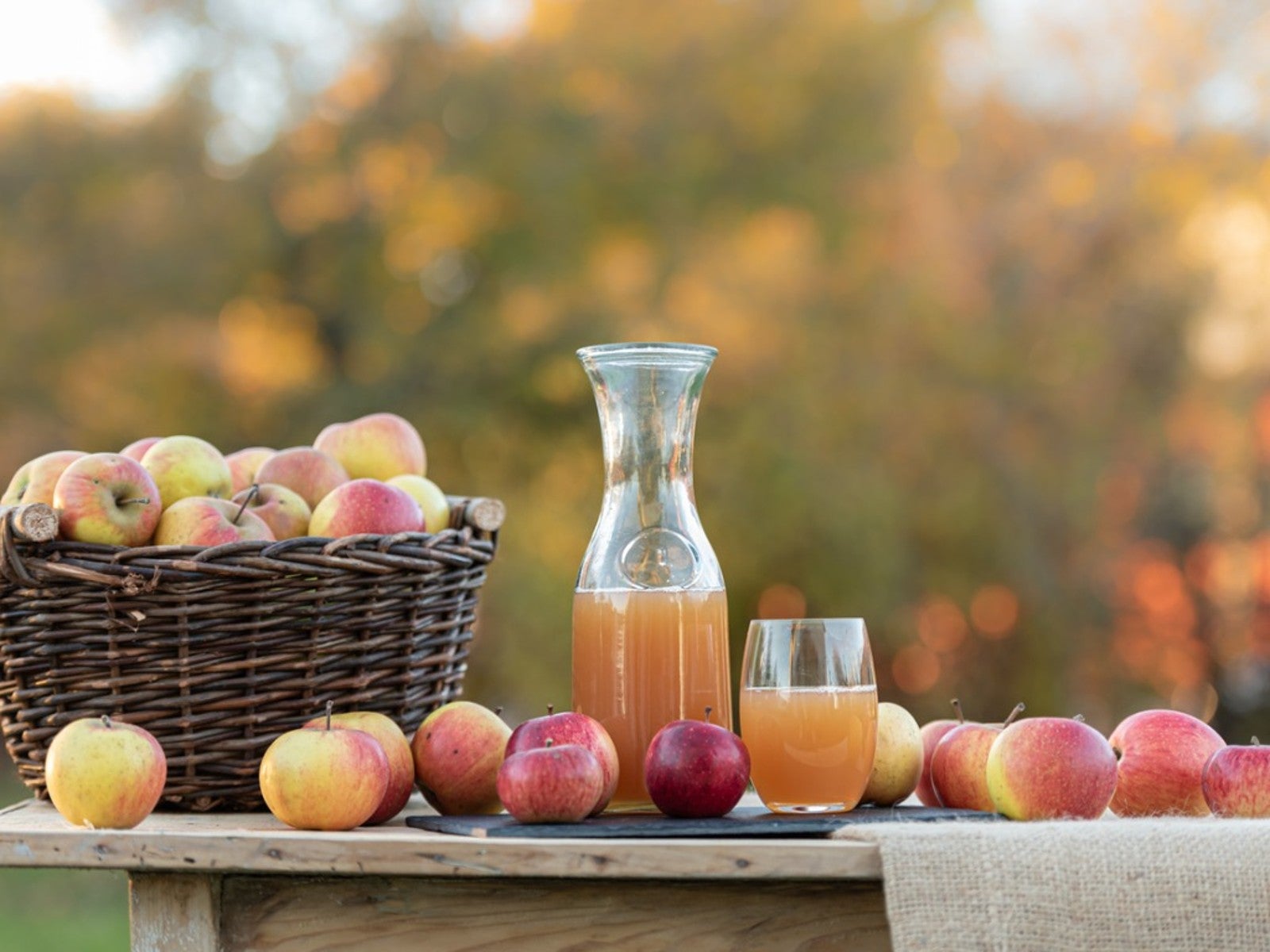
Additional Considerations
Losses During Juicing
During the juicing process, it is important to take into account the potential losses that may occur. These losses can result from various factors, including pulp wastage, spillage, or inefficient juicing methods. To account for these losses, it is advisable to increase the quantity of apples used slightly to ensure you obtain the desired final volume of apple juice.
Addition of Water or other Ingredients
Some juicers prefer to add water or other ingredients to their apple juice to enhance the flavor, balance the sweetness, or dilute the natural acidity. This practice can have an impact on the yield, as the addition of extra liquid reduces the concentration of apple juice resulting from a given quantity of apples. When adding water or other ingredients, it is important to account for their volume and adjust the number of apples accordingly to maintain the desired yield.
Serving Size and Desired Sweetness
The serving size of apple juice and the desired level of sweetness are important considerations when calculating the number of apples needed. If larger servings or a sweeter taste is preferred, more apples will be required to meet these preferences. Adjusting the number of apples based on the desired serving size and sweetness level is crucial to ensure an adequate yield of apple juice that meets personal preferences.
In conclusion, the yield of apple juice is influenced by various factors such as the variety of apples, size and weight of apples, ripeness, and the juicing method used. Calculating the number of apples needed can be done by considering the average yield per apple, average weight, and utilizing conversion factors. It is important to consider additional factors such as losses during juicing, the addition of water or other ingredients, serving size, and desired sweetness when determining the number of apples required to make a desired quantity of apple juice. By considering these factors and making appropriate adjustments, one can ensure a successful and satisfactory apple juicing experience.

